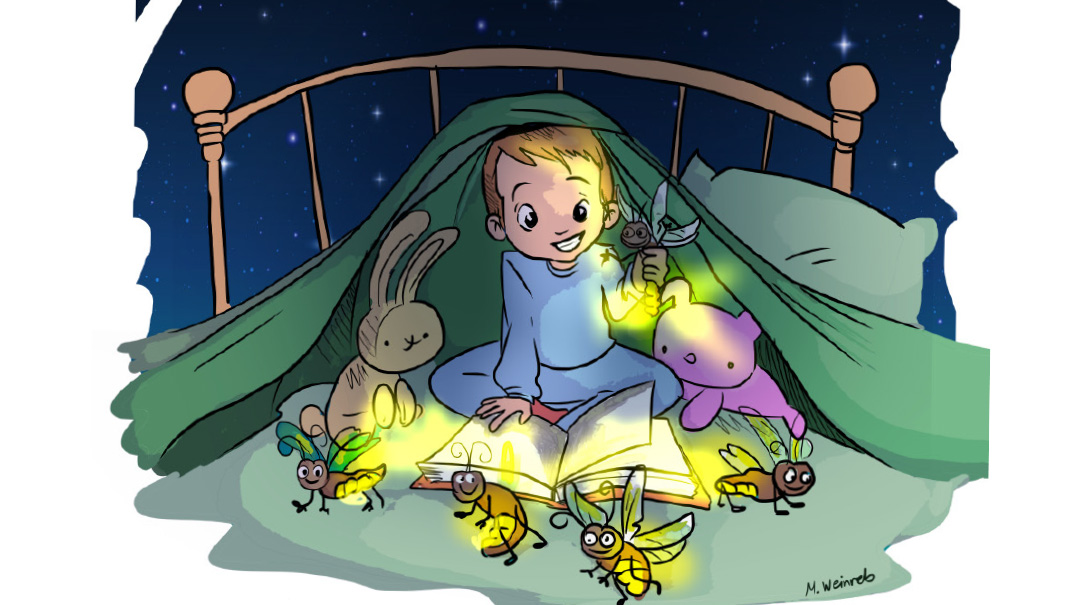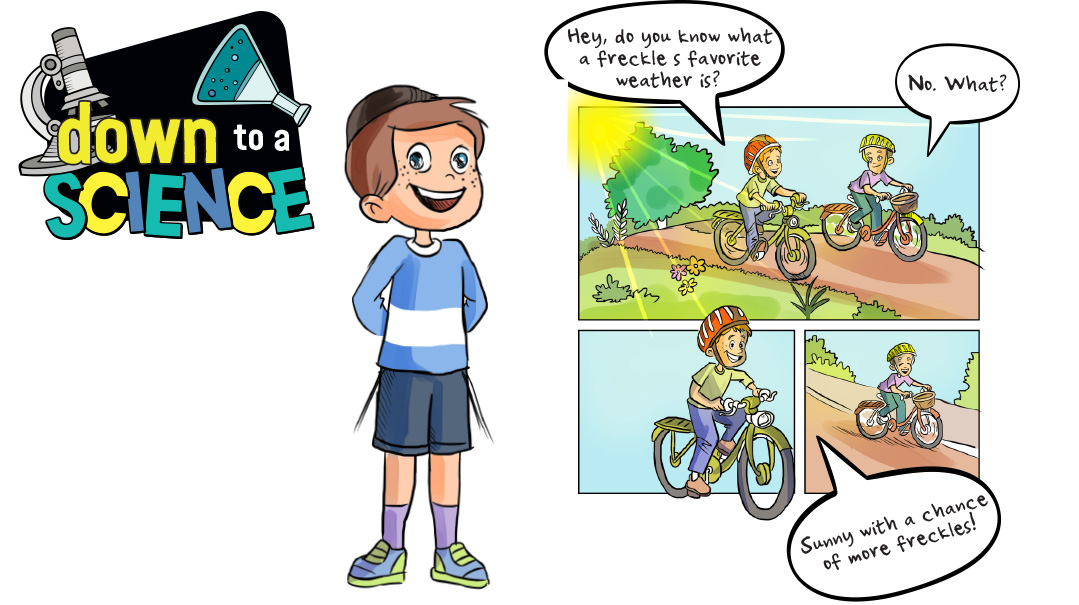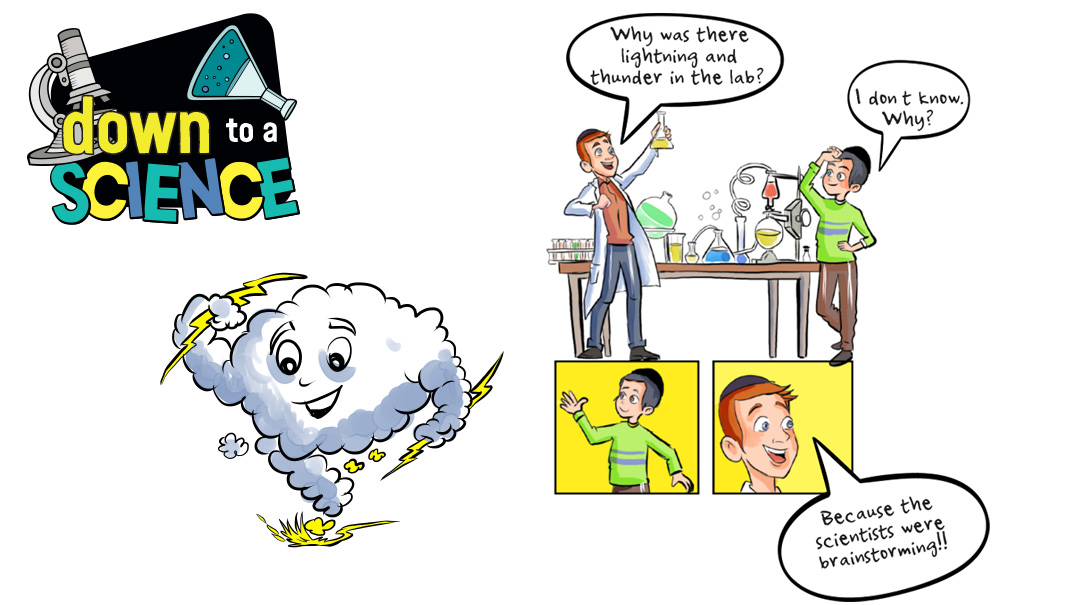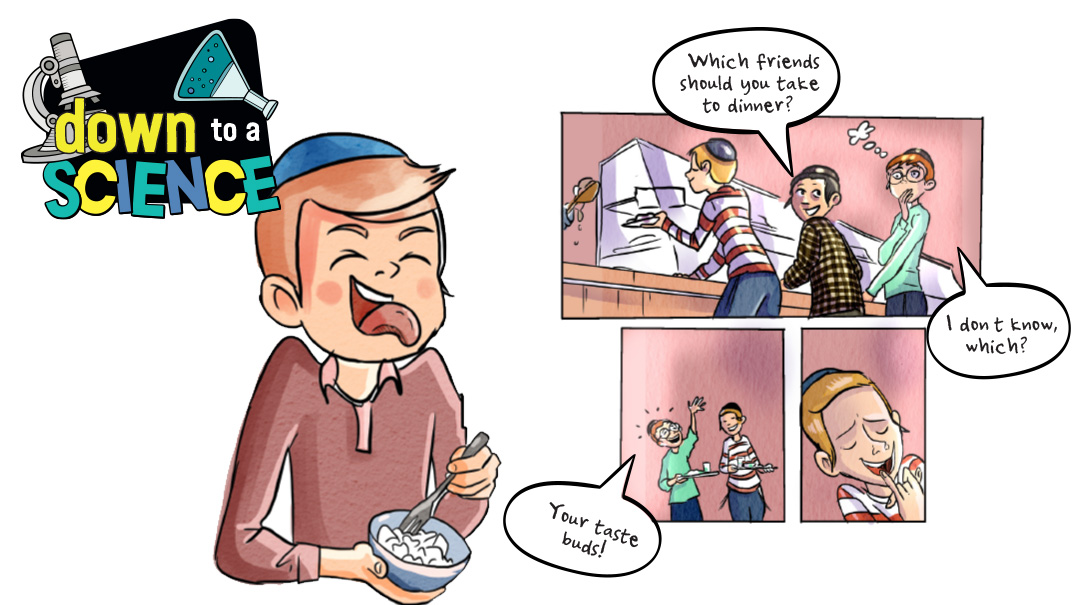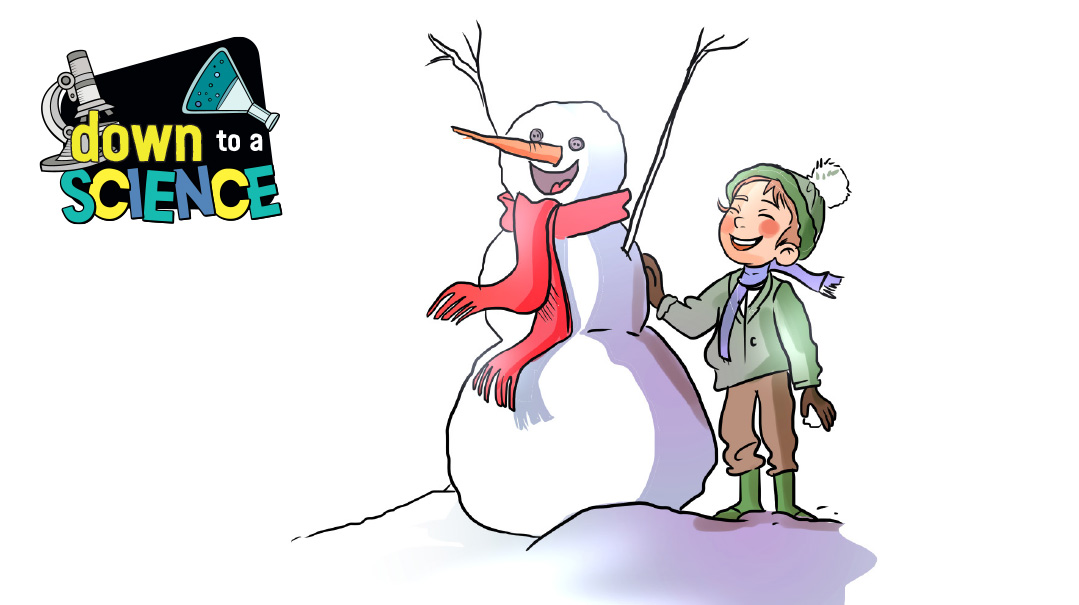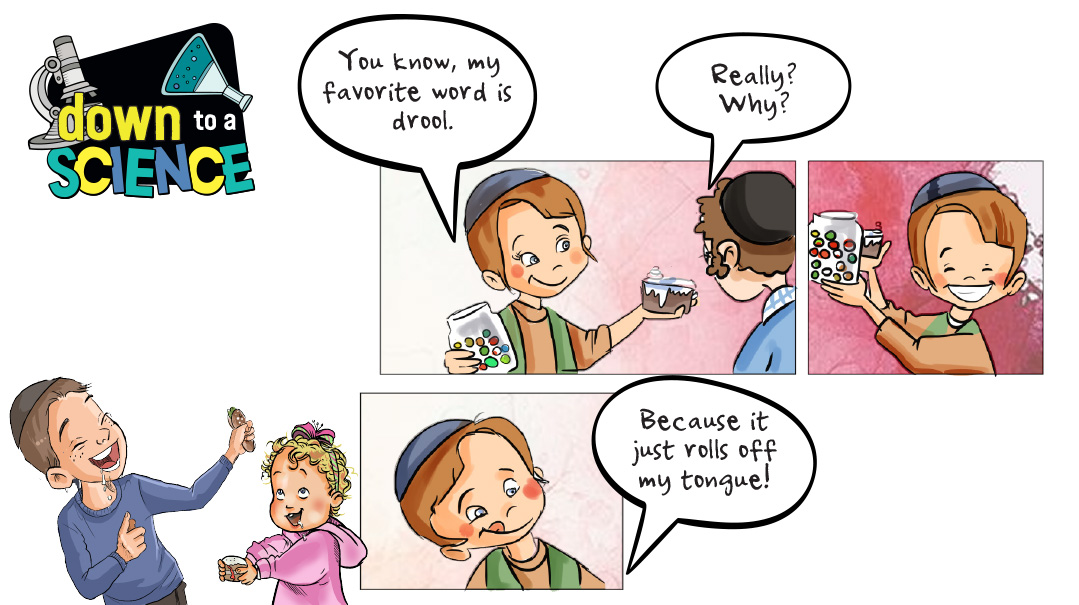Down to a Science

So why exactly do knuckles crack? And why do people seem to like cracking them?

Hello kiddos,
This is Professor Mordy Maven, Thinker, Wonderer, and Figure-Outer of all things Science-ish. What that basically means is I try really hard to figure stuff out. I do the hard work so you don’t have to!
I was sitting at home in my living room today when I heard the most maddening sound. It was a pop, pop, popping sound, but it wasn’t popcorn or tennis balls hitting the table. It was a crackling sound, but it wasn’t soda bubbles or a log in the fireplace. It sounded like a suction cup being pulled off a window again and again and again. It sounded… annoying.
What is that noise? I wondered, and got up to investigate because that’s what I do. And there in a corner of the living room was my little sister Mimi Maven. She was pulling at her pinky… at her ring finger… at her thumb. And each time she pulled, another pop was heard. You guessed it, kids, Mimi Maven was cracking her knuckles.
But that led me to wonder, why was I hearing that cracking noise? I’ve pulled on Mimi’s ear dozens of times and it doesn’t make a sound. I’ve pulled on her hair without hearing anything (well, except for, “Ow! Stop pulling my hair,” or, “I’m telling Mommy!” but that doesn’t count), I’ve pulled my own chin, my nose, my elbow… and none of them have made a sound.
So why exactly do knuckles crack? And why do people seem to like cracking them?
Well, kids, it’s really all about bubbles. Let me explain.
The knuckles of your fingers are really joints between two bones. That’s what helps them bend. When you pull on your finger, you stretch the joints of that finger. The joints are called synovial joints and they are surrounded by a capsule filled with fluid, called synovial fluid (duh!). Synovial fluid is made up of a lot of dissolved gases, mostly nitrogen. When you pull or bend your finger, you increase the space between your joints and stretch the capsule. This causes a small bubble of nitrogen to form and then pop. The sound you hear is the bubble popping. It’s kind of like blowing up a balloon and then stretching the sides of the balloon outward until eventually… it pops! The process of stretching joints is called cavitation. (You probably thought that’s what it’s called when you get a cavity while you’re on vacation but you’re wrong. It’s got nothing to do with that.)
Well, okay then, but here’s another question: Why can’t you crack the same knuckle twice? Simple! Because the nitrogen gas that formed the bubble takes about 20 minutes to dissolve back into the synovial fluid. If you can’t form a bubble then you can’t pop the bubble, obviously!
So, what is it that makes some people love knuckle-cracking so much? It’s a way to relieve pressure in the joints that sometimes feel tight. This is especially true for people who use their hands a lot, like writers, surgeons, and people who work on computers. And, the truth is, it makes some sense. Cracking a knuckle actually releases several pounds of pressure from their joints, so you can see why people like it! Who doesn’t want to relieve some pressure sometimes? In fact, about 54 percent of people crack their knuckles habitually. Now, that’s a lot of cracking and popping. For some people it’s just a really satisfying feeling, like scratching a terribly itchy itch. For others, it’s just a bad habit that they can’t break. They really need to feel that relief and they really want to hear that pop.
But what about what your grandmother always said, that cracking your knuckles will cause arthritis? Is that true?
Uh, not to be disrespectful to your bubby but… no. Researchers have studied this a lot and there’s not much proof that cracking your knuckles is harmful in any way. Of course, it’s like everything else — if you do it too much, it’s not good. Constantly bending the fingers of your hand in order to crack the knuckle can wear away your cartilage if you do it all the time. So don’t do it all the time. Okay?
To sum up, cracking your knuckles is something some people do to relieve pressure by increasing the space between their joints until a gas bubble of nitrogen pops. It relaxes them while managing to annoy everyone else. Simple, right?
Here are some fascinating facts about knuckle-cracking:
-Synovial fluid has the consistency of egg whites. Yuck!
-The human hand, including the wrist, has 54 bones. Whoa!
-Dr. Donald Unger spent 60 years cracking the knuckles in his left hand, but never his right hand, to test whether knuckle-cracking does any damage. That’s some experiment!
I hope that helped solve the mystery for you, kids.
And with that, I’m hopping off to my next quest…
(Originally featured in Mishpacha Jr., Issue 821)
Oops! We could not locate your form.
